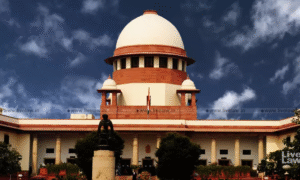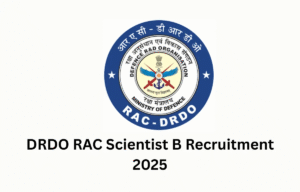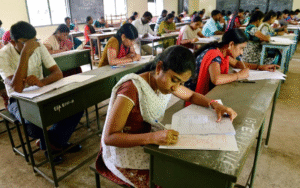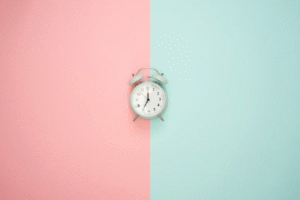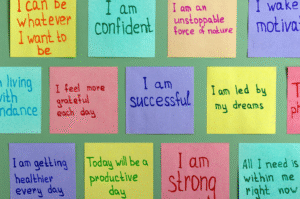Ancient Wisdom, Modern Wellness: Exploring Traditional Indian Remedies for Contemporary Ailments
In a world increasingly dominated by the rapid advancements of modern medicine, a quiet but powerful resurgence is taking place in India: the embrace of its rich heritage of traditional healing systems. Among these, Ayurveda, with its millennia-old principles of holistic well-being, and Homeopathy, a system introduced centuries ago, stand out as significant contenders in the quest for health in the face of modern ailments. These traditional remedies offer distinct philosophies and approaches, attracting individuals seeking alternatives or complements to conventional treatments for everything from chronic lifestyle diseases to mental health challenges.

Ayurveda: The Science of Life in a Modern Context
Ayurveda, meaning the “science of life,” is an ancient Indian medical system dating back over 3,000 years. Its core philosophy revolves around the concept of balancing three fundamental energies or “doshas” – Vata, Pitta, and Kapha – within the body. Imbalances in these doshas, influenced by diet, lifestyle, and environment, are believed to be the root cause of disease. Unlike modern medicine’s often symptomatic approach, Ayurveda emphasizes a holistic healing journey, aiming to address the root cause and restore harmony to the body, mind, and spirit.
For modern ailments stemming from sedentary lifestyles, stress, and environmental pollution, Ayurveda offers a rich tapestry of remedies. It champions personalized care based on an individual’s unique constitution (Prakriti), recommending specific dietary changes, herbal medicines, detoxification therapies like Panchakarma, yoga, and meditation. For conditions like irritable bowel syndrome (IBS), arthritis, diabetes, and various stress-related disorders, Ayurvedic interventions often focus on preventing disease through daily and seasonal routines (Dinacharya and Ritucharya) and strengthening the body’s innate healing capacity. Turmeric, Ashwagandha, and Giloy are just a few of the well-known Ayurvedic herbs gaining international recognition for their potential therapeutic properties in managing inflammation, stress, and immunity.
Homeopathy: The Principle of “Like Cures Like”
Homeopathy, while not indigenous to India (it originated in Germany in the late 18th century), has found a widespread and deeply rooted acceptance in the country. Its central tenet, “Similia Similibus Curentur” or “like cures like,” involves treating an illness with highly diluted substances that, in larger doses, would produce similar symptoms in a healthy person. Homeopathic remedies are prepared through a process of successive dilution and vigorous shaking called “potentisation,” which practitioners believe enhances their curative power while minimizing toxicity.
The appeal of Homeopathy for modern ailments often lies in its gentle nature and individualized approach. Homeopaths take a detailed case history, considering not just physical symptoms but also the patient’s emotional and mental state, personality, and lifestyle. This holistic assessment leads to a highly personalized treatment plan, where different individuals with the same ailment might receive different remedies. Homeopathy is frequently sought for chronic conditions, allergies, skin problems, and psychosomatic disorders. Its proponents highlight its cost-effectiveness, palatability, and the absence of conventional side effects, making it an attractive option for those seeking a less invasive form of treatment.
The Debate: Integration, Evidence, and Challenges
The growing popularity of Ayurveda and Homeopathy in India has led to a significant push for their integration into the national healthcare system. The establishment of the Ministry of AYUSH (Ayurveda, Yoga & Naturopathy, Unani, Siddha, and Homeopathy) in 2014 by the Indian government is a testament to this commitment. Initiatives like the National Rural Health Mission have sought to involve AYUSH practitioners to address healthcare shortages, particularly in rural areas.
However, the journey of integration is not without its challenges. The scientific community often calls for more rigorous, evidence-based research and clinical trials to validate the efficacy and safety of traditional remedies, particularly for chronic and serious conditions. Concerns regarding standardization, quality control, and potential heavy metal contamination in some Ayurvedic preparations have also been raised. Similarly, the extreme dilution in homeopathic remedies is often cited by critics as being scientifically implausible, with skeptics attributing any perceived benefits to the placebo effect. The Indian Medical Association (IMA) has, at times, expressed strong reservations about “mixopathy,” or the blending of modern and traditional medical practices without adequate training and regulation.
Despite these debates, the demand for traditional Indian remedies persists. Many patients report positive outcomes, especially for chronic conditions where modern medicine may offer only symptomatic relief. The emphasis on prevention, lifestyle modification, and a holistic understanding of health within Ayurveda resonates deeply with those seeking a more comprehensive approach to wellness. Homeopathy’s gentle nature and personalized care also continue to draw a dedicated following.
In conclusion, Traditional Indian Remedies like Ayurveda and Homeopathy are far more than just ancient practices; they are vibrant and evolving systems that continue to offer unique perspectives and solutions for modern ailments. While the scientific community calls for more rigorous validation, their enduring appeal in India reflects a deep-seated cultural trust, a desire for holistic wellness, and a recognition of the value in personalized, natural approaches to health. As India continues to navigate the complexities of its healthcare landscape, the integration of these traditional systems, coupled with ongoing research and stringent quality control, promises a richer, more diverse, and potentially more effective path to collective well-being.



